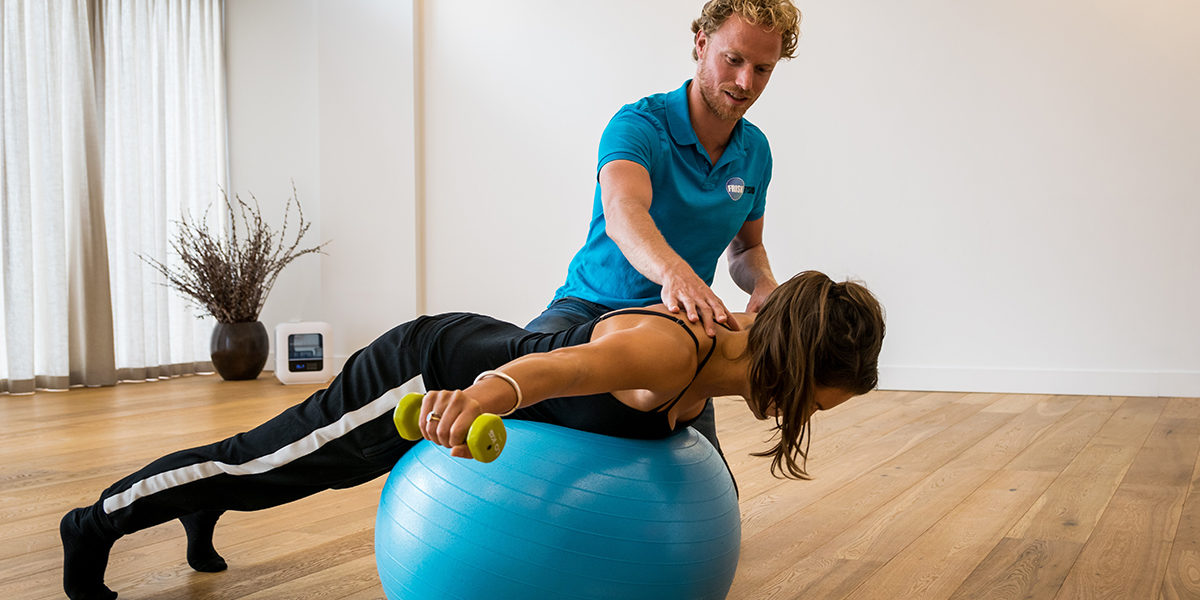Many young athletes suffer from shoulder instability. You may hear a snap or feel that one shoulder is stronger than the other. But how can one shoulder be stronger than the other while you train both the same? And what should you do to prevent or reduce shoulder instability? Marlou tells more about shoulder instability in young athletes in this blog.
Shoulder instability, what exactly is it?
Shoulder instability due to dislocated shoulder
Shoulder instability means there is too much mobility in the shoulder. As a result, the shoulder can easily dislocate. We also call this a shoulder (sub)luxation. Shoulder luxation can be caused, for example, by a fall, a blow to the shoulder or simply by strength training. If the shoulder has been dislocated, it is often the case that the instability of the shoulder has become worse, which in turn creates a risk of it dislocating again. Then it is important to strengthen the muscles around the shoulder.
Shoulder instability due to strength training
When the shoulder has not dislocated but you still experience shoulder instability, it may be because of the strength training you are doing. Many strength exercises are performed with two hands on a bar and this can cause one arm to do more than the other without you being aware of it. In this case, the strong arm takes over. If you try doing the same exercise with, say, two dumbbells in your hands, you will find that one shoulder does it easier than the other.
What can you do about shoulder instability?
It is important to do stabilising exercises for the shoulders. Especially exercises performed with one hand make that shoulder stronger without the other shoulder compensating. Under the guidance of a physiotherapist or sports physiotherapist, you can make that shoulder stronger without straining your muscles. Your physiotherapist can also give you tips to improve your posture while exercising, which can prevent you from using one shoulder more than the other. While performing your strength exercises, also make sure you can maintain that posture. Are you compensating in your posture or moving with your body during an isolated exercise? Then the weight is probably too heavy. Do you hear a snap in the shoulder? This need not be anything serious. In many cases, this snap does not hurt and is probably a muscle moving over another muscle. If this snap does hurt, it is wise to discuss it with your physiotherapist or doctor.
Has your shoulder been dislocated? Then it is wise to make an appointment with a physiotherapist, manual therapist or sports physiotherapist. They can guide you in slowly building up strength in and around your shoulder, with minimal risk of it happening again.
4 tips to reduce shoulder instability:
- Adjust your training, looking more at your technique and less at the weight you use. This will help you strengthen the shoulder in the right way.
- During your shoulder workout, use dumbbells or pulleys instead of a bar with weights.
- Train your shoulders 3 times a week to ensure optimal muscle development.
- Do mobility exercises. These are exercises that improve the mobility of the joint. Once you perform these exercises with a light weight, you ensure that precisely the small stabilising muscles of the shoulder are used.
Want to know more about shoulder instability and training your shoulders?
Then contact FriskFysio via our website, 085-5000333 or info@friskfysio.nl.







